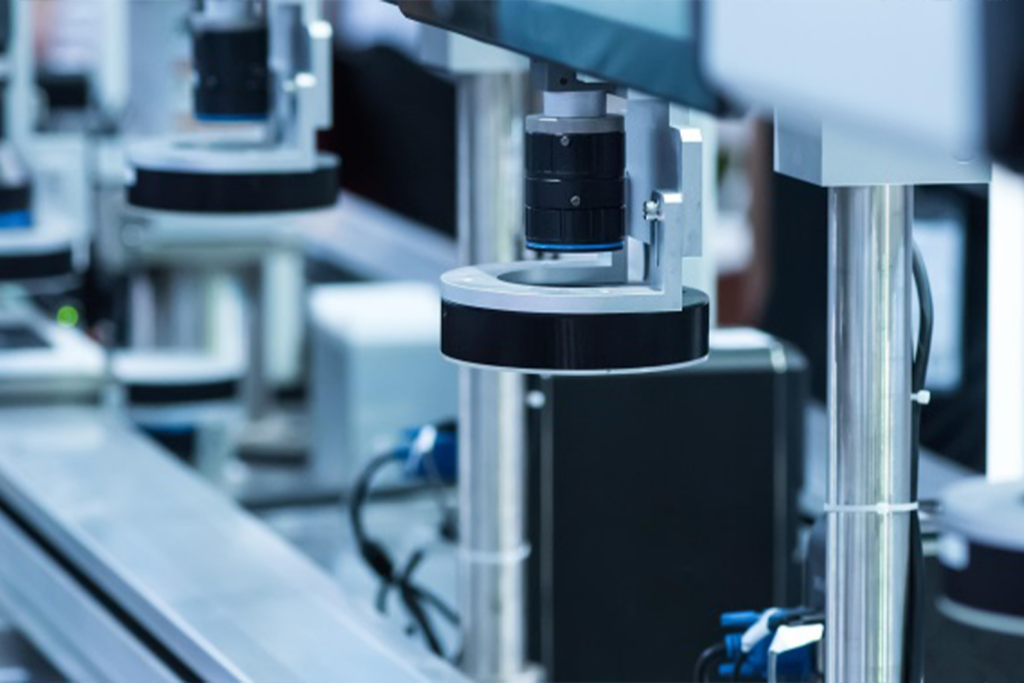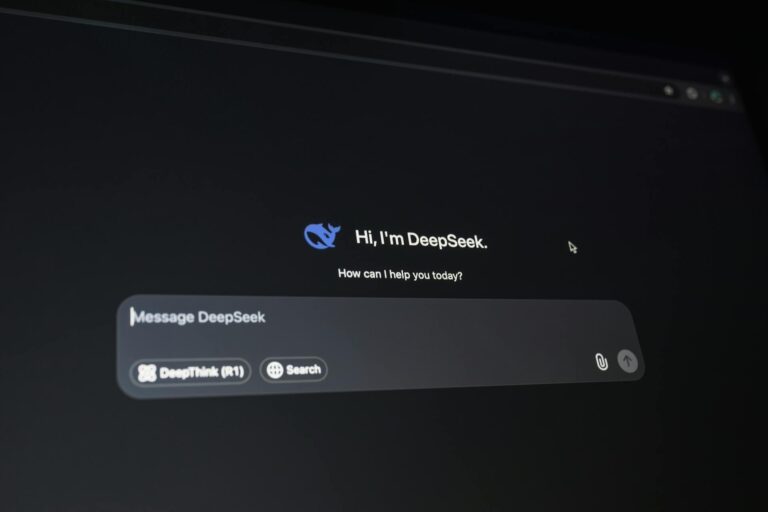
Hyperautomation was pegged as one of the stand-out themes of 2020, did that match up to reality?
Well before COVID-19 hit, hyperautomation had already been identified by analysts such as Gartner as a top strategic technology for 2020 and the advent of the pandemic only cemented this into reality. While many organisations had already begun their automation journey before COVID-19, the pandemic undoubtedly accelerated the adoption of the technology.
Businesses had to adapt to new conditions almost overnight as employees were expected to work from home, all while unfavourable economic conditions impacted operations and a huge rise in workloads appeared in areas such as customer service and data entry. Many turned to automation for help.
For example, we saw airlines using automation to manage huge spikes in flight cancellations, hospitals deploying software robots to report COVID cases and other firms utilising the technology to digitalise processes like invoicing to reduce the need for employees to attend the office.
This huge rise in demand meant that not only did the predictions for hyperautomation made at the end of 2019 measure up to reality, but it also surpassed the expectations.
How have you seen hyperautomation develop in 2021?
Throughout this year we have continued to see new and innovative uses of hyperautomation emerge. As hyperautomation is the application of Robotic Process Automation (RPA) alongside complementary technologies such as AI and Machine Learning (ML), businesses can utilise this integration to reach additional, often more niche, processes.
For example, a national postage service that we work with is rolling out robots into its HR departments which utilise intelligent optical character recognition, speech recognition capabilities and chatbots. This will support the recruitment of tens of thousands of seasonal staff to handle a spike in demand throughout the festive period.
As hyperautomation continues to develop at the end of this year and beyond, we only expect to see additional technologies being integrated into RPA robots and as result, new and innovative applications of automation emerge.
What has been the catalyst for this momentum, has there been a convergence of technologies, for example?
The catalyst for much of this growth has been proven success. In comparison to other disruptive technologies, hyperautomation offers a low time to value. Software robots can be created and deployed in a matter of days or weeks, particularly with simpler automations, and can immediately get to work with reducing the administrative burden. As a result, stakeholders can get on board relatively quickly and as such momentum can pick up.
This is not to say there aren’t certain barriers that must be handled with care. Employees from all facets of an organisation must be offered the necessary training and education for friction to be avoided. People must understand that hyperautomation isn’t here to take their jobs, but instead to make their lives easier. It is with this proper investment into education, that the momentum of hyperautomation adoption can continue successfully at pace.
And in turn, which technologies are hyperautomation driving? I.e. digital twins
The growing popularity of hyperautomation is pushing the low-code technology market forward. According to Gartner, the low-code development technologies market is expected to have grown 23.2% year on year by the end of 2021.
This is in part due to the influx of tools and rising demand for hyperautomation, including UiPath’s own end-to-end hyperautomation platform.
These low-code platforms serve to democratise technology, and in the case of hyperautomation, encourage citizen developers from all departments to create and deploy their own software robots.

How much of a leap is hyperautomation compared with standard RPA and what are the main benefits to enterprises?
Hyperautomation expands RPA’s capabilities with the addition of AI, ML, process mining and other advanced tools. While RPA alone can be used to automate rule-based, repetitive tasks, the addition of complementary technologies expands the reach of automation to additional processes.
Take invoicing as an example. An RPA robot can read structured data within an invoice, extract the information, and process it as required. However, if AI is introduced, the robot could read and understand unstructured data sources such as a handwritten note or a scanned invoice and process as required.
The technologies work together to automate a greater number of workflows than RPA software could touch alone, including complex tasks that may require exception processing and human intervention. This ultimately results in saving an enterprise time and money all while handing employees back more time in their day.
Why should enterprises invest significant funds in hyperautomation technology? Where are they likely to see the main benefits?
The benefits of hyperautomation are far reaching. Software robots are designed to handle data-intensive tasks with ease; they can read, extract and process huge swathes of information in a fraction of the time that an employee can. What’s more, they can work around the clock without fatigue, meaning that data can often be processed in real time, 24/7.
Furthermore, by nature software robots do not fall victim to human error. They are designed to follow the same steps every time and as such integrating hyperautomation into processes often makes them more accurate.
However, arguably the most important benefit is that employees are handed back time in their day to do value-added work that counts. Rather than sifting through documents and data, robots can do this behind the scenes, presenting the information to employees as and when it is needed. This allows employees to focus on work that requires ingenuity and skill.
While many organisations had already begun their automation journey before COVID-19, the pandemic undoubtedly accelerated the adoption of the technology
What are some of the main hyperautomation activities taking place at UiPath currently?
The UiPath end-to-end automation platform is designed to support the fully automated enterprise. A fully automated enterprise is a company that uses automation to its fullest potential; a company that embraces digital transformation to deliver better service from more engaged employees at a lower cost.
Our platform allows organisations to easily:
· Discover automation opportunities using AI and their own employees’ input;
· Build automations – from the simple to the most complex;
· Manage, deploy, and optimise automations at enterprise scale;
· Run automations that work with their unique applications and data; and
· Engage people and robots for seamless process collaboration.
As we look forward, we will continue to identify opportunities to help organisations get even greater value from their automations. One opportunity we are focused on is the rise of semantic automation.
Semantic automation takes human emulation to the next level by teaching robots how to derive meaning from underlying data and systems.
With semantic automation, people don’t need to tell the robot how to complete a task; just that they have to do it. Robots learn from what they see on the screen beyond just a data field but following the actual actions of the human user, especially over repetitive workflows.
With semantic automation, organisations will be able to create automations more easily, facilitate more use cases, and simplify automation creation for everyone. This will all help to support the fully automated enterprise and unleash the productivity and innovation potential automation presents.
Which sectors of enterprise does UiPath believe have the greatest potential to benefit from hyperautomation?
As every sector has data-intensive and repetitive tasks, hyperautomation can benefit all industries by reducing administrative strains. Currently, the leading sectors include finance and banking, insurance, healthcare, telecoms, manufacturing, retail, and the public sector.
In banking for example, hyperautomation is being used to assist representatives with a flood of inquiries regarding the Payroll Protection Program. In healthcare, hyperautomation is assisting with inventory management through real-time reporting and analytics based on previous needs and demands. All while in retail, the technology is being used within hiring and training.
The hyperautomation market is a competitive one, where does UiPath see its place?
At UiPath we believe that embracing hyperautomation will allow a business to ultimately become a fully automated enterprise. We are working to support our customers on this journey to full automation, where everything that can be automated is automated and as such employees will be completely freed from repetitive admin. It’s this vision that is driving us to create new products and solutions to help our customers reach as many processes as possible, all while ensuring their employees receive the correct training and support required for a successful automation programme.
How does UiPath foresee the hyperautomation market growing over the next two to three years?
The hyperautomation market is only expected to continue its fast-growing trajectory. International Data Corporation has predicted that by 2024, 50% of knowledge workers will regularly interact with their own AI-enhanced robot assistant.
We believe that within this growth, there will be the ever-increasing potential to deploy unattended software robots. These bots can utilise AI and complementary technologies to work in the background without the need for human supervision. This will help to further streamline operations and provide employees with more time in their day to focus on the work that requires ingenuity and skill.
In the next few years, we expect to continue to see new tools and technologies combine within hyperautomation, working to improve employee and customer satisfaction and business efficiency simultaneously.


